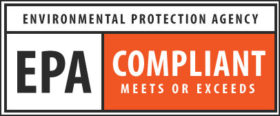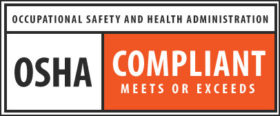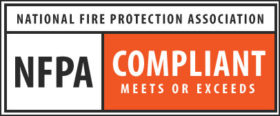COMBUSTIBLE HAZARDOUS MATERIAL
Combustibles, or liquids with a flashpoint of at least 100 degrees Fahrenheit or 37.8 °C, are divided into two classes.
CLASS II Combustible Liquids
Chemicals such as kerosene, as well as many oils and solvents, that have flashpoints that reach a minimal 100 degrees Fahrenheit, 38 Celsius, and below 140 Fahrenheit, meet this basic criterion. The lone exemption to this principle, however, is any chemical combination of which 99 percent of the total volume of said combination possesses elements with flashpoints of 200 F (93.3 C) or higher.
CLASS III Combustible Liquids
This classification is reserved for liquids with flashpoints that reach a minimal of 140 F, or 60 degrees Celsius.
Class III Combustibles are differentiated by two categories:
Class IIIA Combustible Liquids
Flammable liquids with flashpoints of 140 F (60 Celsius), but below 200 F, or 93.3 Celsius. The lone exemption to this principle, however, is any chemical combination of which 99 percent of the total volume of said combination possesses elements with flashpoints of 200 degrees Fahrenheit or higher. Mineral spirits is a common example.
Class IIIB Combustible Liquids
Any liquid with a flashpoint of at least 200 degrees Fahrenheit. Examples include any lubricating oil or brake fluid.



